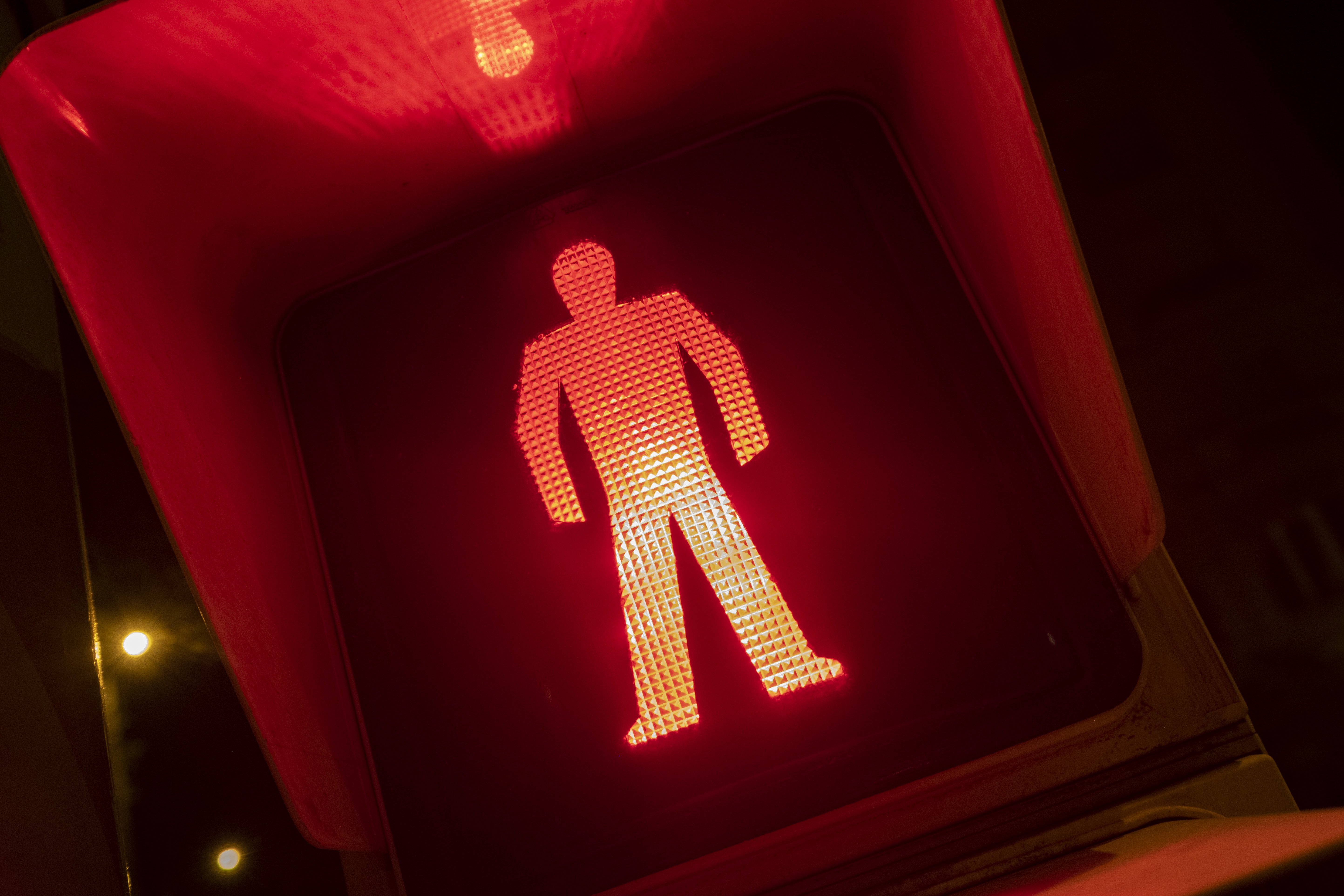Following the court decision on Thursday that wiped out Catalonia's Covid curfew except in 19 municipalities, the Catalan government has moved to change the criteria for the measure in order to recover the curfew in major cities, adding 43 more municipalities to the 19 scattered towns currently affected, to present a new proposal that would affect 62 towns, including Barcelona and all major Catalan cities. If approved, it could come into force as soon as Monday.
If the proposal that was rejected by the Catalan High Court of Justice (TSJC) affected municipalities with more than 5,000 inhabitants and a cumulative incidence at 7 days (IA7) of more than 125 cases for every 100,000 people, now the Catalan government wants the curfew to be applied on the basis of the same IA7 figure - over 125 cases per 100,000 inhabitants - but only in municipalities with more than 20,000 inhabitants. That is, the most substantial change is the population size of the municipality.
Hence in the list below - pending court approval - Catalonia's largest cities predominate:
Awaiting the TSJC
The proposal now awaits the consideration of the TSJC once again, and if it rules in favour, the night-time curfew and the ban on traffic on public roads would be recovered - with the exception of essential and justified travel - between 1am and 6am.
On Thursday, the court did not see the measure proposed by the Catalan government as "justified" and only maintained curfew in localities of more than 5,000 inhabitants where the cumulative incidence in seven days is more than 250 cases per 100,000 inhabitants - the threshold that the Catalan executive had used for the last two weeks.
In particular, the court concluded that the government request was not justified so much for health reasons as for reasons of security and public order, and that reasons of public order were not enough to restrict fundamental rights and freedoms, such as a limitation of mobility between 1am and 6am. The new change in criteria maintains the same IA7 figure as in the proposal that the court already rejected, but the difference is that it now only applies to large cities.
The Catalan government says that the limitation on night-time mobility is intended to reduce social interactions that occur at night - in which the younger age groups with the highest incidence of Covid in this fifth wave predominate. Reducing this activity will reduce risky contact situations, taking into account that in relation to these age groups, vaccine coverage is still insufficient in Catalonia.
Report from the Public Health Agency
The submisison is supported by a report from Catalonia's Public Health Agency that asserts that it is necessary and justified, in terms of public health measures to reduce the circulation and transmission of the virus and the number of infections and hospitalizations, to extend the curfew measure to those municipalities with more than 20,000 inhabitants that have a cumulative incidence rate in the last 7 days (IA7) greater than 125 cases diagnosed per 100,000 inhabitants. The government's argument also refers to a document approved by Spain's Interterritorial Health Council, which states, in its updated version of June 2nd, 2021, that an AI7 of more than 125 cases diagnosed per 100,000 inhabitants indicates very high risk.
The Catalan authorities also quote, with reference to fundamental rights, measures that were endorsed by the Catalan High Court itself in a previous ruling - that of 19th May, 2021, on restricting night mobility between 1am and 6am. In this case the court determined that curfew should be applied to municipalities of over 5,000 people that had an IA7 greater than 250 cases diagnosed per 100,000 inhabitants.
If approved, these measures will enter into force as soon as possible. The court's decision should be known on Monday, when the judges will meet to discuss the new proposal.
Main image: Curfew may return to the large Catalan cities / Carlos Baglietto

